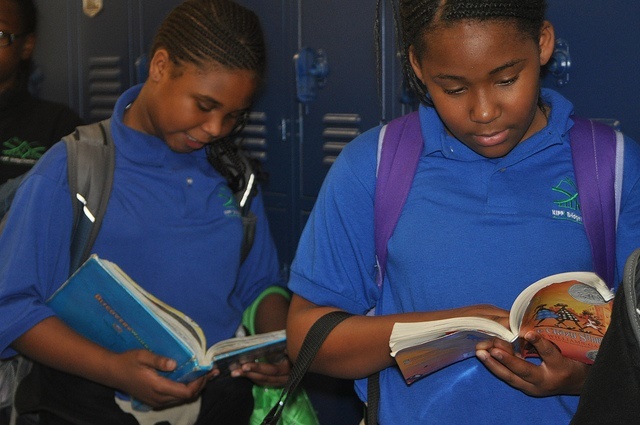In the past 20 years, charter schools have emerged in the United States and challenged their traditional public school counterparts as a different and sometimes better way to educate children, especially in the big cities.
Congress passed a law in 1996 allowing charter schools in Washington, DC. The District of Columbia had 27 charter schools in 1999-2000, and that number grew to 102 in 2012-2013, the latest year for which national data is available.
Washington, DC wasn’t alone, as the popularity of the alternative to traditional public schools rose nationwide. In 13 years, the number of charter schools jumped from 1,524 in 1999-2000 to 6,079 in 2012-2013, according to the National Center for Education Statistics.
Offering Families New Hope
The new schools offered hope to many inner-city families. This past November, the DC Public Charter School Board announced an increase. There were 12,437 students in 2013-14. That was a 9 percent increase from 2012-13.
“Public charter schools everywhere offer parents diverse school options and real choice. Washington, DC schools are no exception,” said Scott Pearson, executive director of the DC Public Charter School Board, which oversees public charter schools in the District of Columbia. “DC schools also offer real quality. Our schools consistently outperform city proficiency averages, often by double digits. And many of our schools are widely recognized as among the best schools in the nation.”
Changing Failing Schools
The New Orleans Public School System led the country with 91 percent of its students enrolled in charter schools as of the 2013-14 school year. Detroit Public Schools was second, at 55 percent, and Washington, DC came in third at 44 percent, tied with the Flint School District in Michigan.
This year New Orleans became the first city in the country whose school district is 100 percent charter schools. After Hurricane Katrina, the Louisiana state legislature passed laws allowing the Louisiana Board of Elementary and Secondary Education to take over low-performing schools.
Before Hurricane Katrina, 70 percent of the students in Orleans Parish were attending a failing school, according to Devin Johnson, a spokesman for the Louisiana Association of Public Charter Schools. Today, Johnson said, 70 percent of students in Orleans Parish are attending a “non-failing” or passing, but not high-performing, school.
Fighting Caps on Charter Schools
In Michigan, the number of charter schools has increased 26 percent in the past four years, jumping from 240 in 2009 to 303 for 2014-15. That expansion resulted from a 2011 law phasing out a cap on charter schools.
“Every day, more and more parents are discovering that the needs of their students are better met by the state’s innovative charter public schools, where individualized instruction, a strong sense of community, and an attitude of ‘parents as partners’ are fostered,” said Gary G. Naeyaert, executive director of the Great Lakes Education Project. “As long as at-risk and underserved students are performing better in charter public schools than they are in traditional public schools, we would expect enrollment to continue increasing.”
Charter school advocates say their schools have been a blessing for larger cities. Michigan had three cities in the top 12 in the country based on percentage of students enrolled in charter schools, according to a 2014 study by the National Alliance for Public Charter Schools released in December.
There are 51,083 Detroit students attending charter public schools, which is more than the 49,172 Detroit students who attend Detroit Public Schools. A 2013 report by Stanford University’s Center for Research on Education Outcomes (CREDO) found the typical student in a Detroit charter school on average gained nearly three months’ achievement for each year they attended a charter school as their peers in traditional public schools.
However, charter schools’ academic success is not consistent across the board. A CREDO study on Ohio charter schools released in December 2014 found on average charter school students in Ohio learn less in a year than their traditional public school peers.
Tom Gantert ([email protected]) is senior capitol correspondent for Michigan Capitol Confidential, a daily news site of the Mackinac Center for Public Policy.
Image by Ms. SmittyB.
On the Internet
“A Growing Movement: America’s Largest Charter School Communities”, National Alliance for Public Charter Schools, December 2014:
http://heartland.org/policy-documents/growing-movement-americas-largest-charter-school-communities





